It’s home to the only desert in Europe
When you picture the landscape of Andalusia, you’re likely picturing a sea of scorched dry hillsides, perhaps dotted with olive trees. You’re not wrong, parts of Andalusia are so hot and dry in fact that they’re actually considered to be a desert. Europe’s only desert is the Desierto de Tabernas, located in the province of Almería. It covers 11,625 hectares, has an average year-round temperature of over 17C and the amount of rainfall is only around 250 mm per year. It has such an iconic desert look in fact that many Westerns were filmed here.
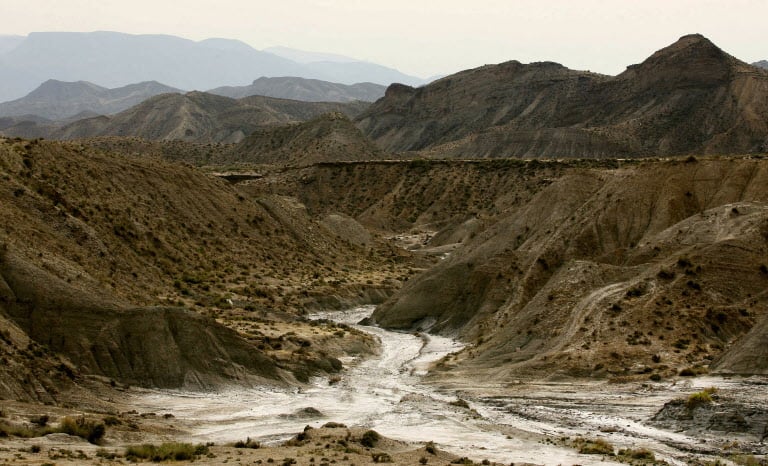
It’s also where you’ll find the rainiest place in Spain
It may surprise you, but not only is Andalusia home to the driest place in Spain, but it’s also home to the rainiest. Very rainy places may be more associated with the Basque Country, Galicia or Asturias, but it is in fact the Sierra de Grazalema Natural Park that’s the wettest. The park sits east of the town of Arcos de la Frontera and around 80km north of Estepona on the Costa del Sol. It sees around 2,200 litres per metre squared each year.
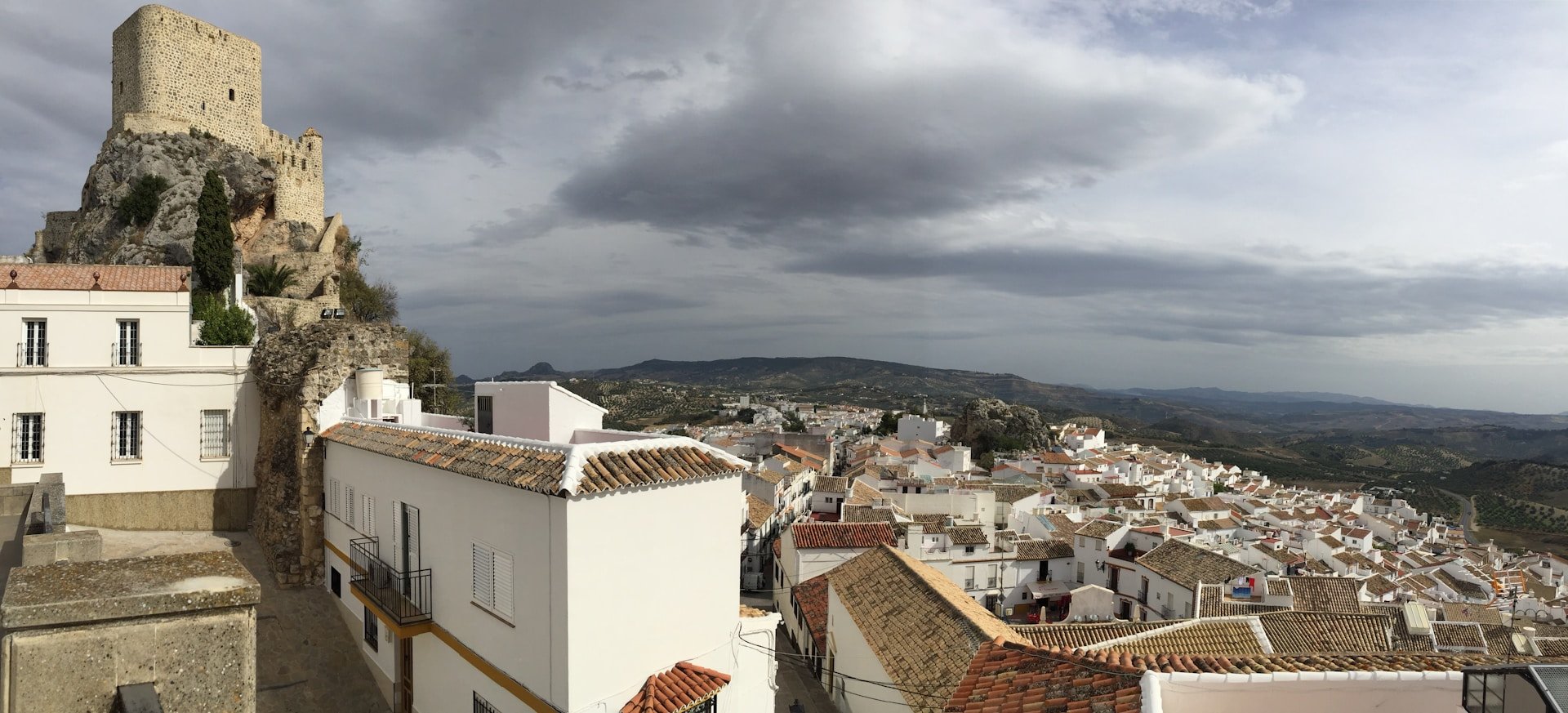
Only 14km separate Andalusia from Africa
You may have heard that on a clear day, it’s possible to see the shores of the African continent from some parts of Andalusia, but did you know that the shortest distance between the two land masses is only 14km? This is the part known as the Strait of Gibraltar. The distance is so short in fact that many swimmers have even managed to swim between the two continents.
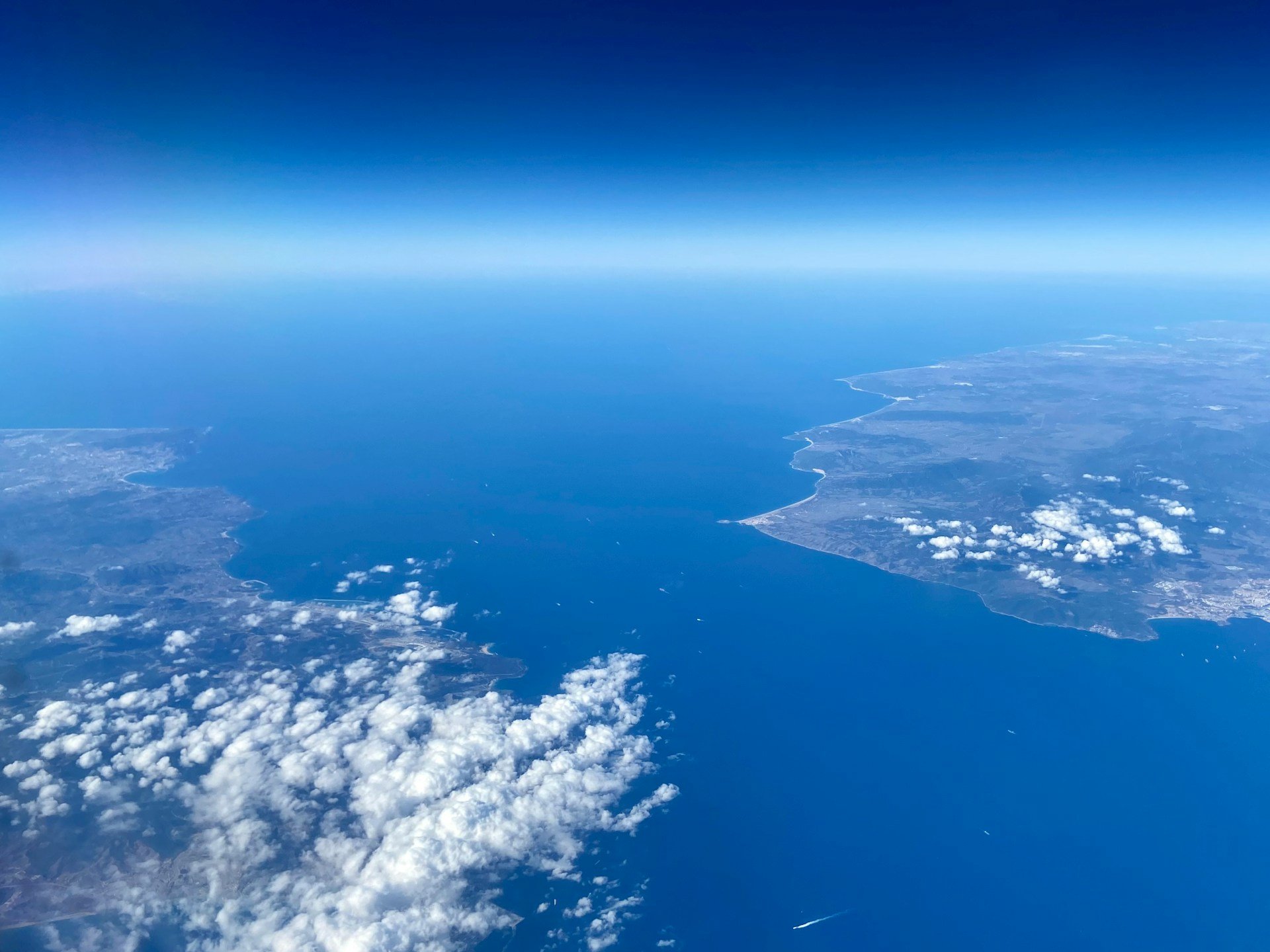
It’s home to Europe’s biggest geode
In the province of Almería lies one of the world’s most astonishing treasures. The Geoda de Pulpí is Europe’s largest and the world’s second-largest geode, measuring an astounding 8m long by 2m tall. The geode is lined from floor to ceiling in dazzling crystals. It’s possible to visit the geode on a guided tour, which leads you 60m underground.

Andalusia is where the highest mountain on the Spanish peninsula is found
The highest mountain in all of Spain is Tenerife’s Mount Teide at 3,715m, but the highest peak on mainland Spain can be found not in the mountainous north in the Pyrenees or the Picos de Europa, but in Andalusia. This is Mulhacén, found in Granada’s Sierra Nevada National Park with an elevation of 3,482m.
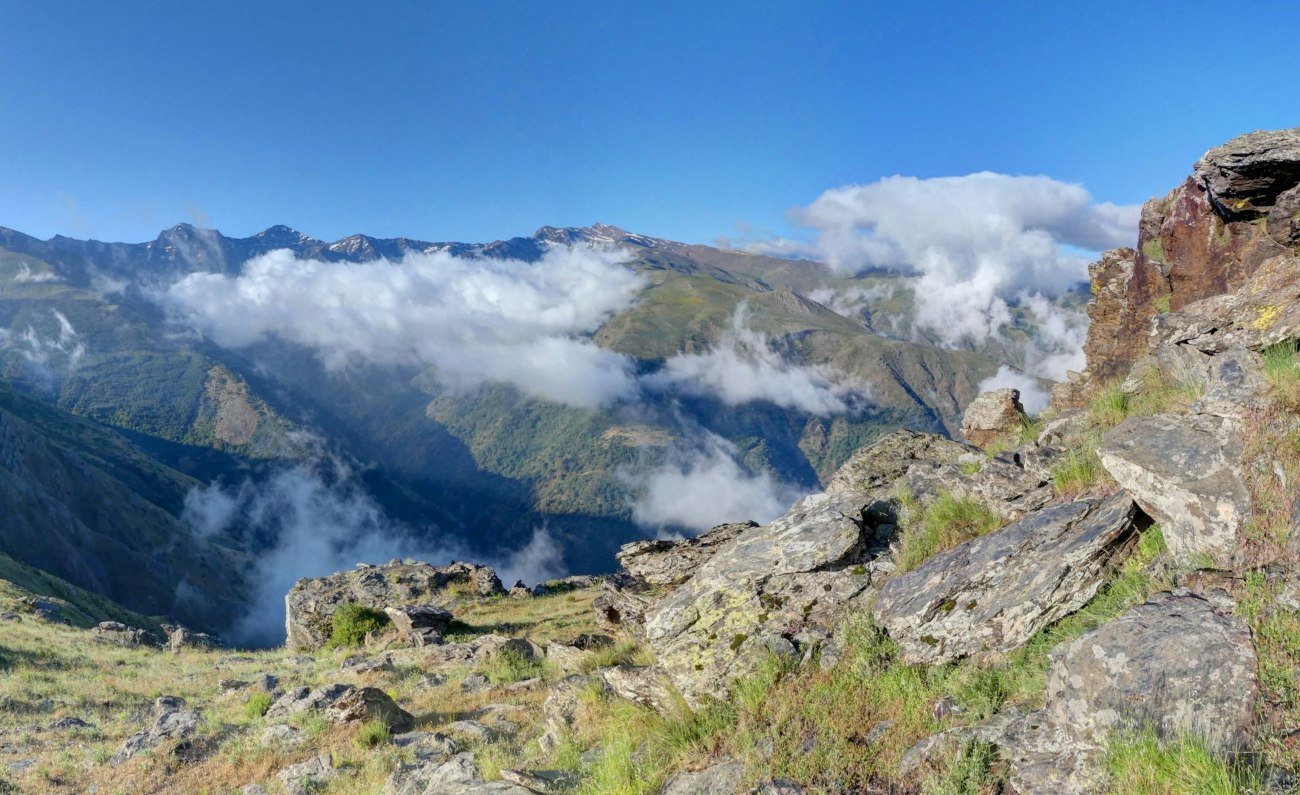
The oldest city in Spain is here
The coastal city of Cádiz is not only Spain’s oldest city, but it is one of Europe’s too. It was founded by the Phoenicians in 1100 BC and began life as a port and a temple, where supposedly the ashes of Hercules were kept. This makes the city over 3,000 years old and it has been continuously inhabited ever since.
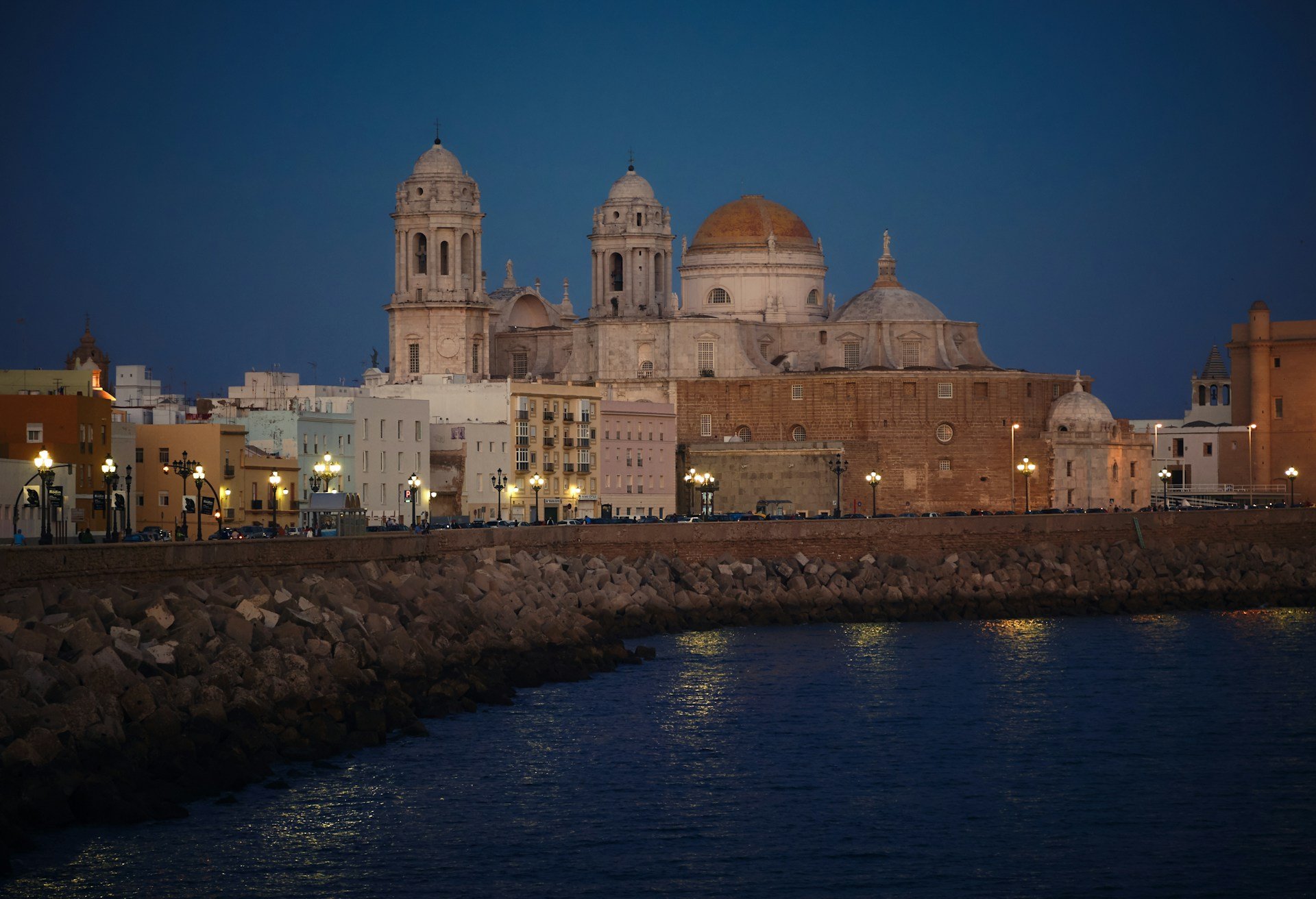
It has more inhabitants than any other region in Spain
Castilla y León may be Spain’s largest region, but it’s Andalusia that has the most inhabitants. According to the latest stats available from 2023, Andalusia had a total of 8,576,703 residents.
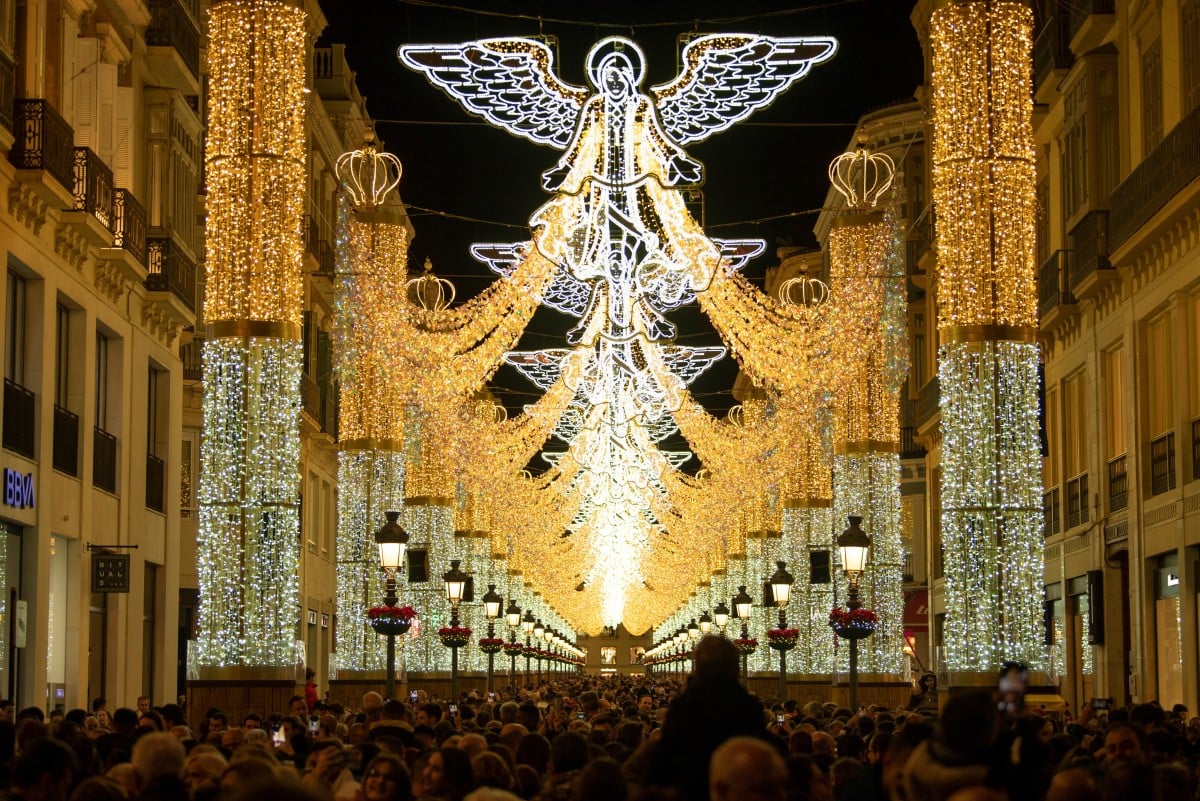
It used to be home to the richest city in the world
The capital of Andalusia, Seville was once the richest city in the world. This was because the city’s Casa de la Contratación, established by the Crown of Castile in 1503 in the city’s port, managed an enormous fortune that flowed in from the explorers conquering the Americas. The company directed trade from the Americas for almost 220 years and during that time, transported a great number of riches and treasures across the Atlantic.
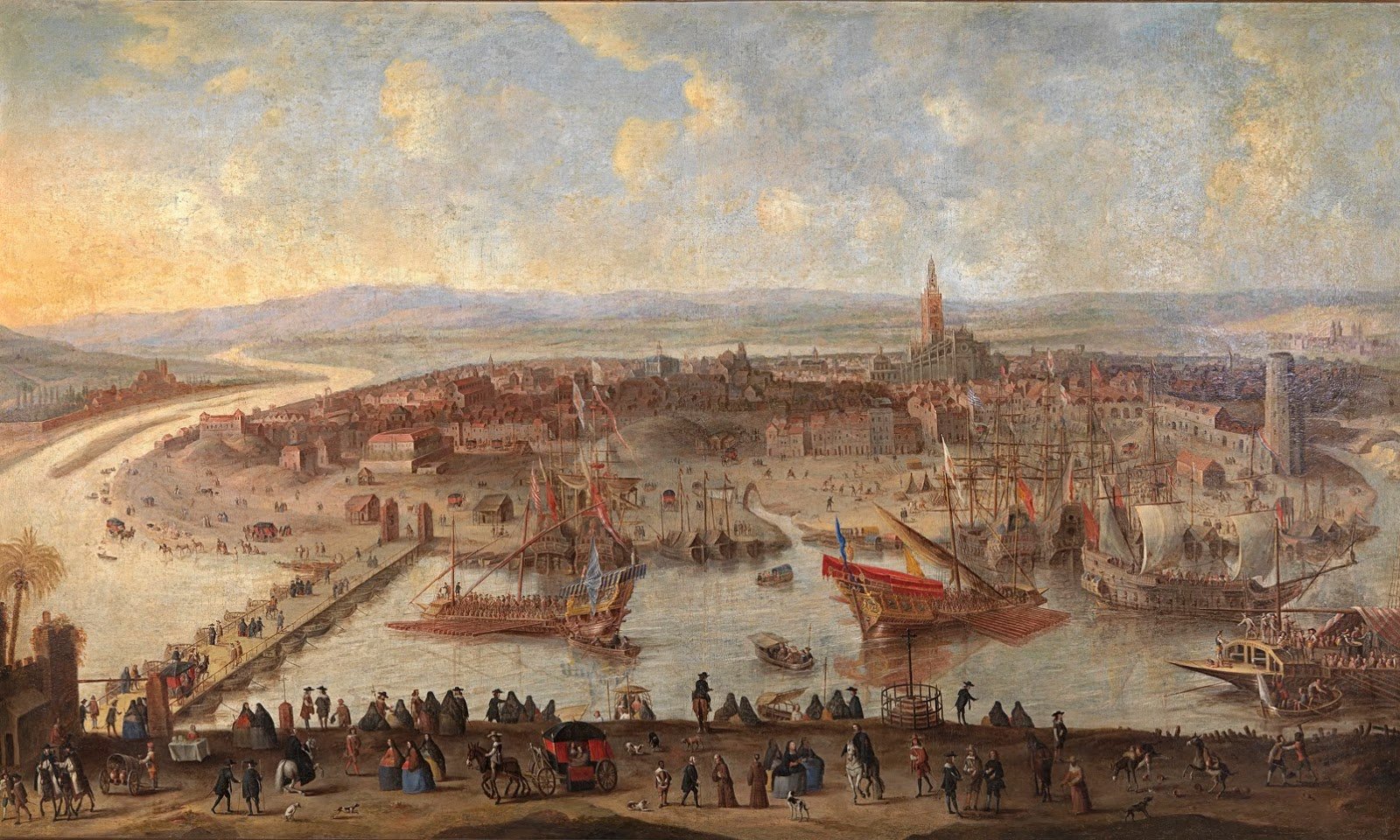
García is the most common surname
According to the latest data from the Institute of Statistics and Cartography of Andalusia, García is the most common surname in the region, while María del Carmen and Antonio are the most common first names. A total of 3.3 percent of Andalusians are named María del Carmen and 4.6 are Antonio. These names mainly belong to the older population with an average of over 50 years old. Not only is María del Carmen the most popular name for women, but María is the second-most common, followed by the name Carmen.

One of its provinces has the largest concentration of castles in Europe
Andalusia is dotted with countless castles and fortresses, but it may be surprising to learn that one of its provinces has more than any other place in Europe. This is the province of Jaén. Some of the most spectacular are the Castle of Santa Catalina, the Castle of La Guardia, the Castle of La Mota, the Castle of Segura de la Sierra and the Castle of la Yedra.


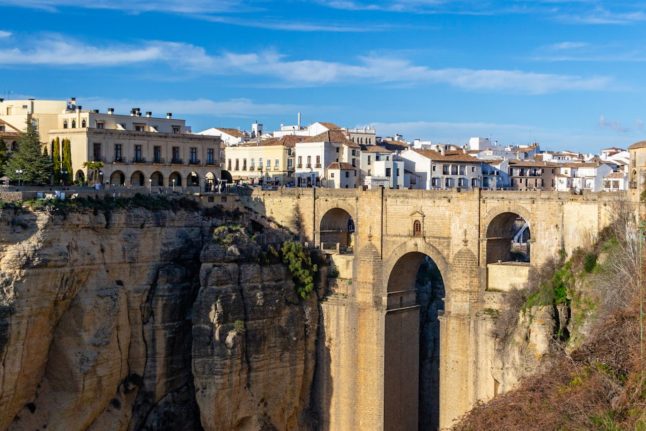

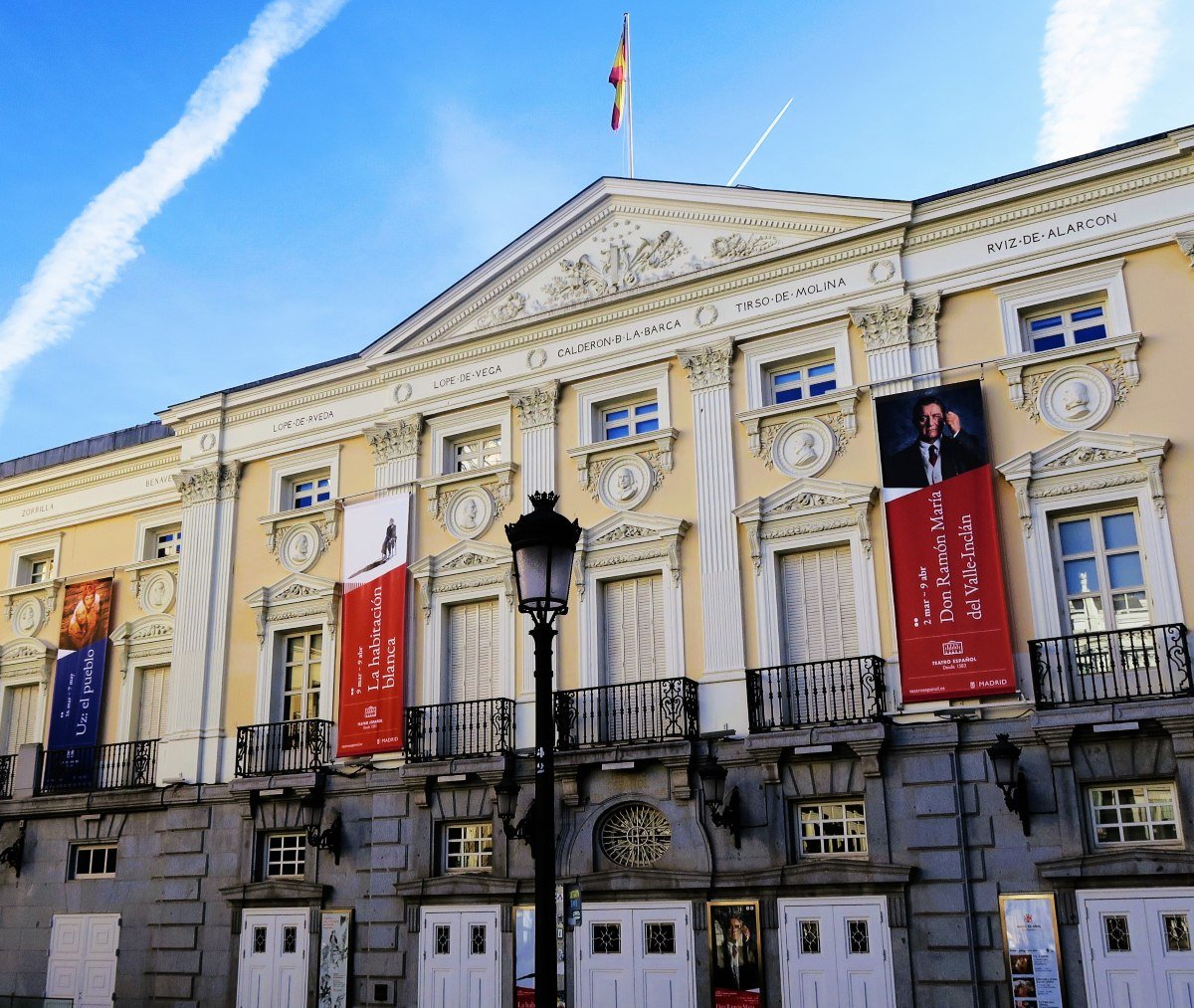
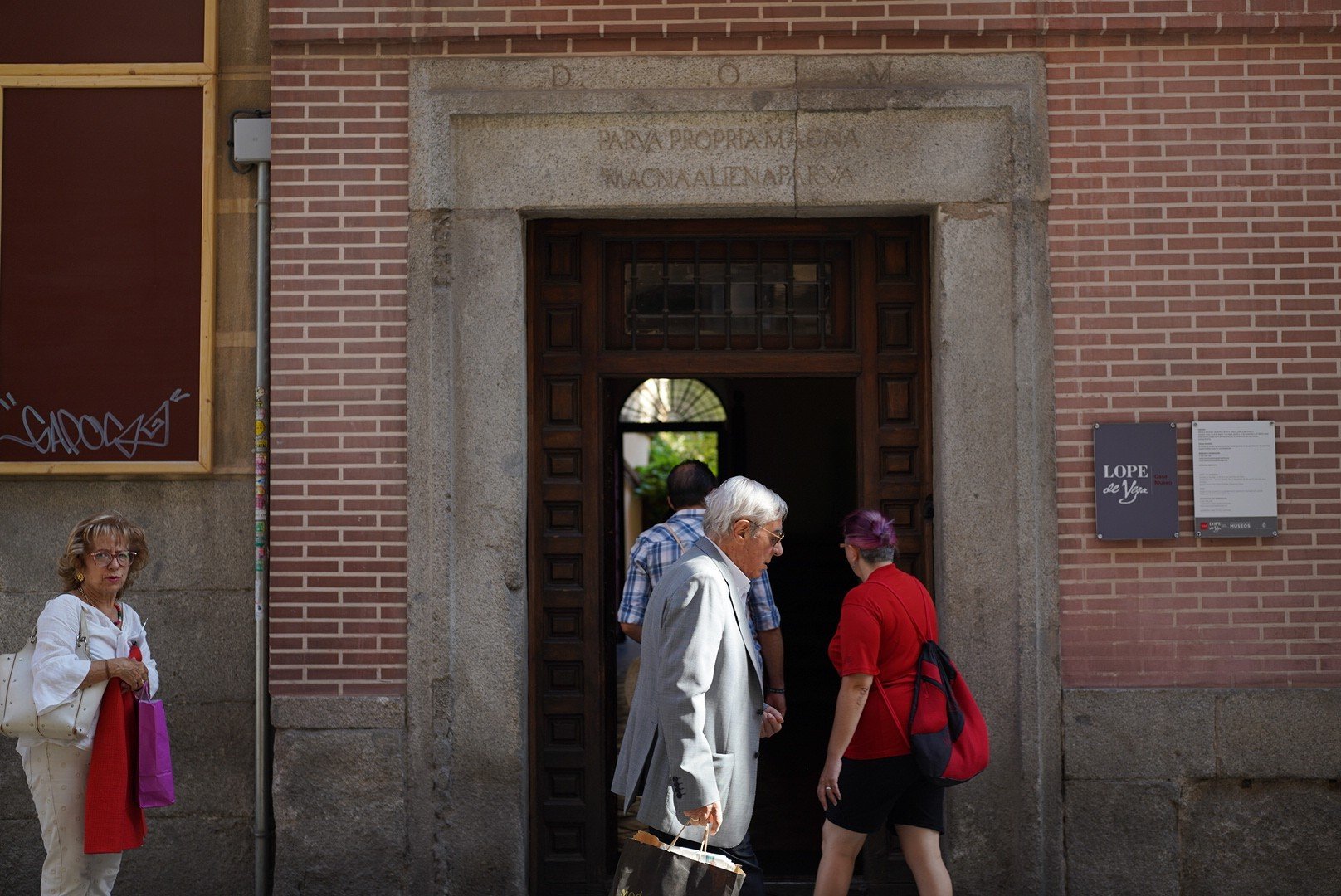


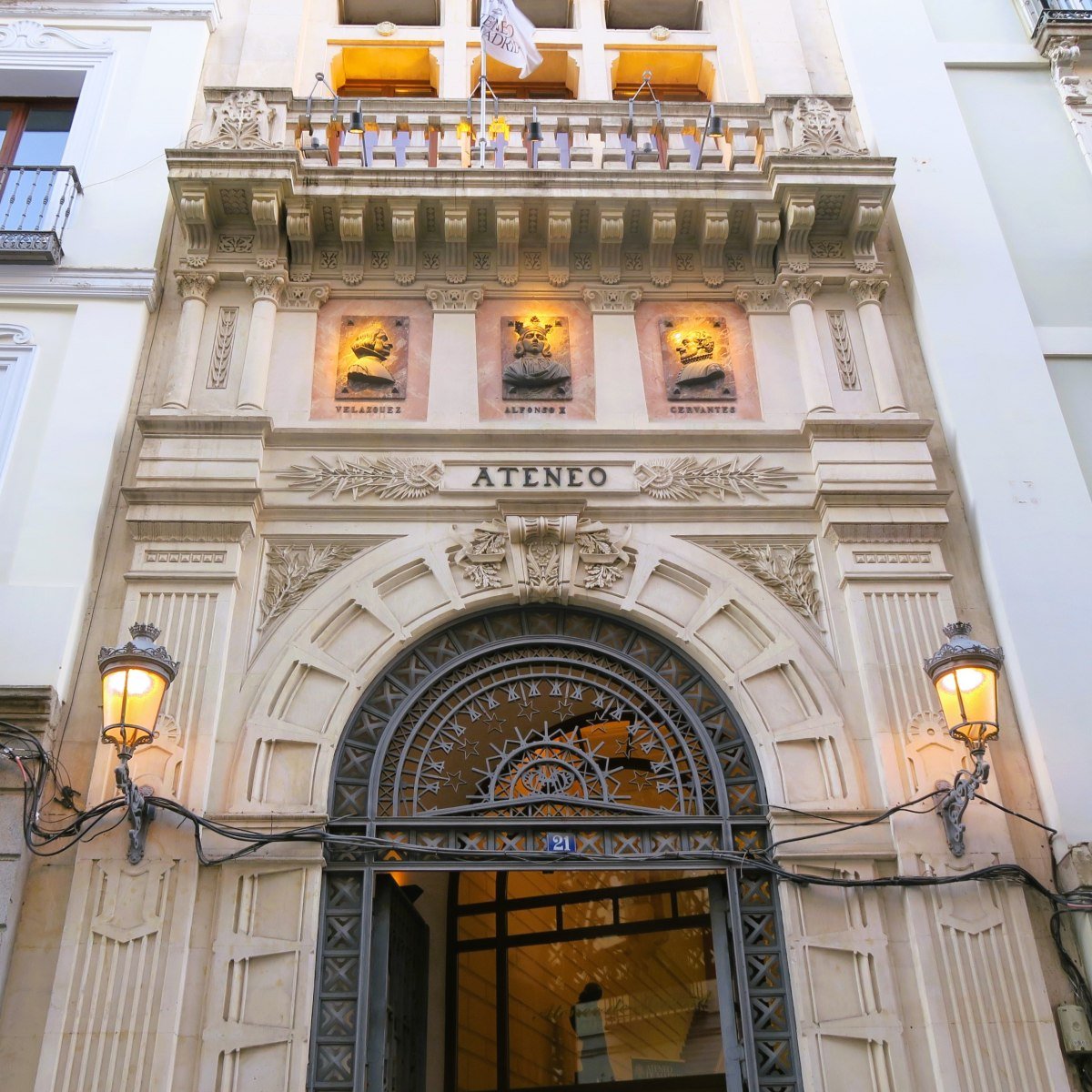
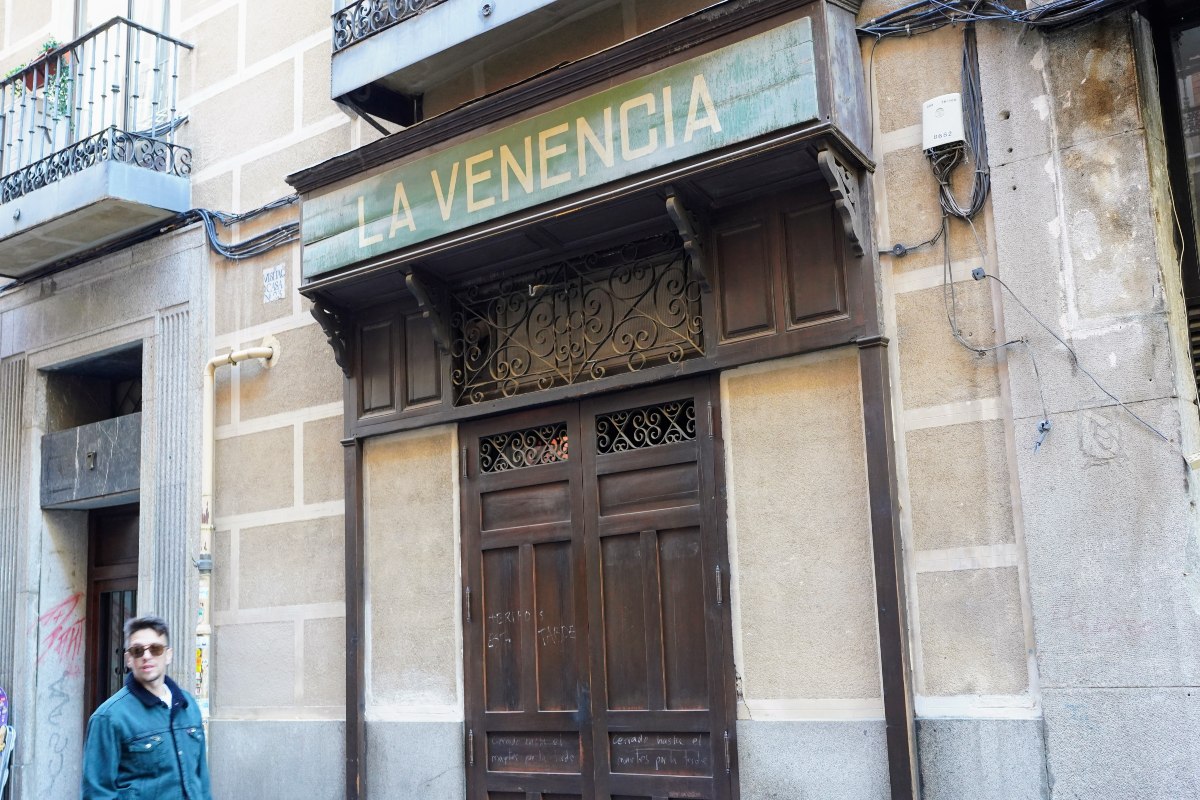
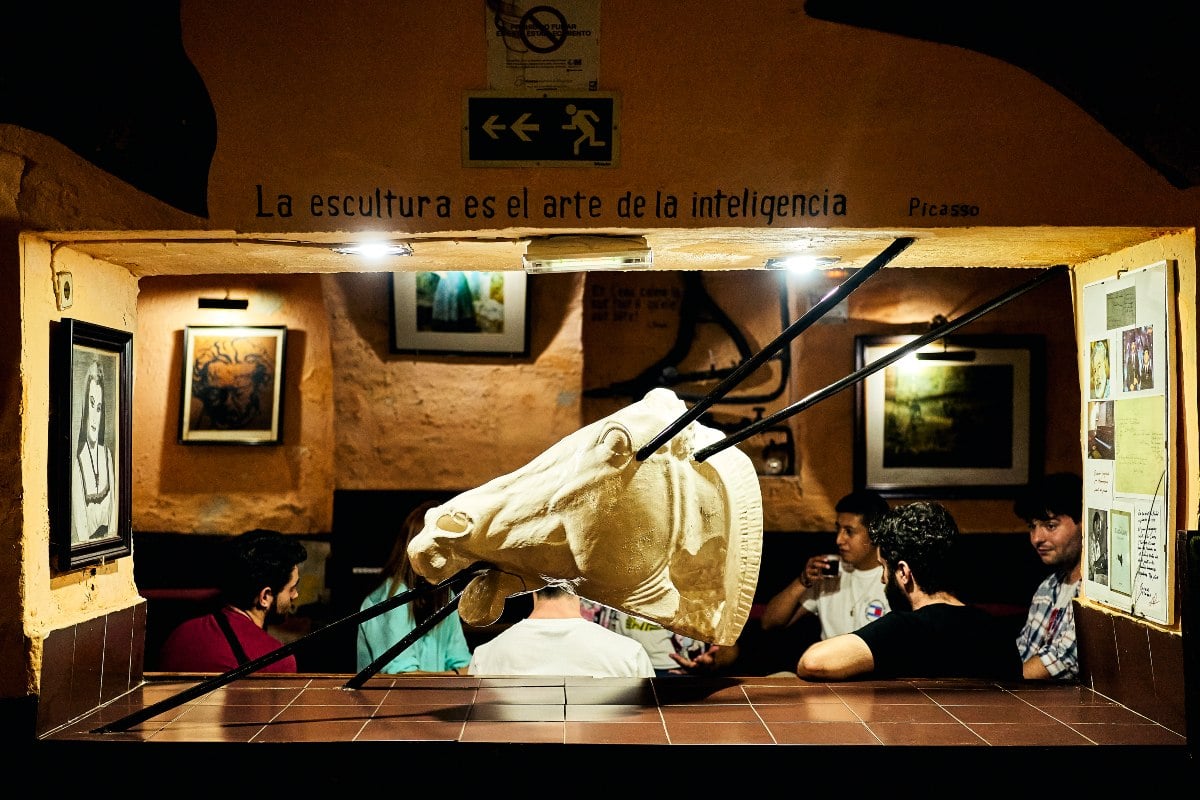
 Please whitelist us to continue reading.
Please whitelist us to continue reading.
Member comments